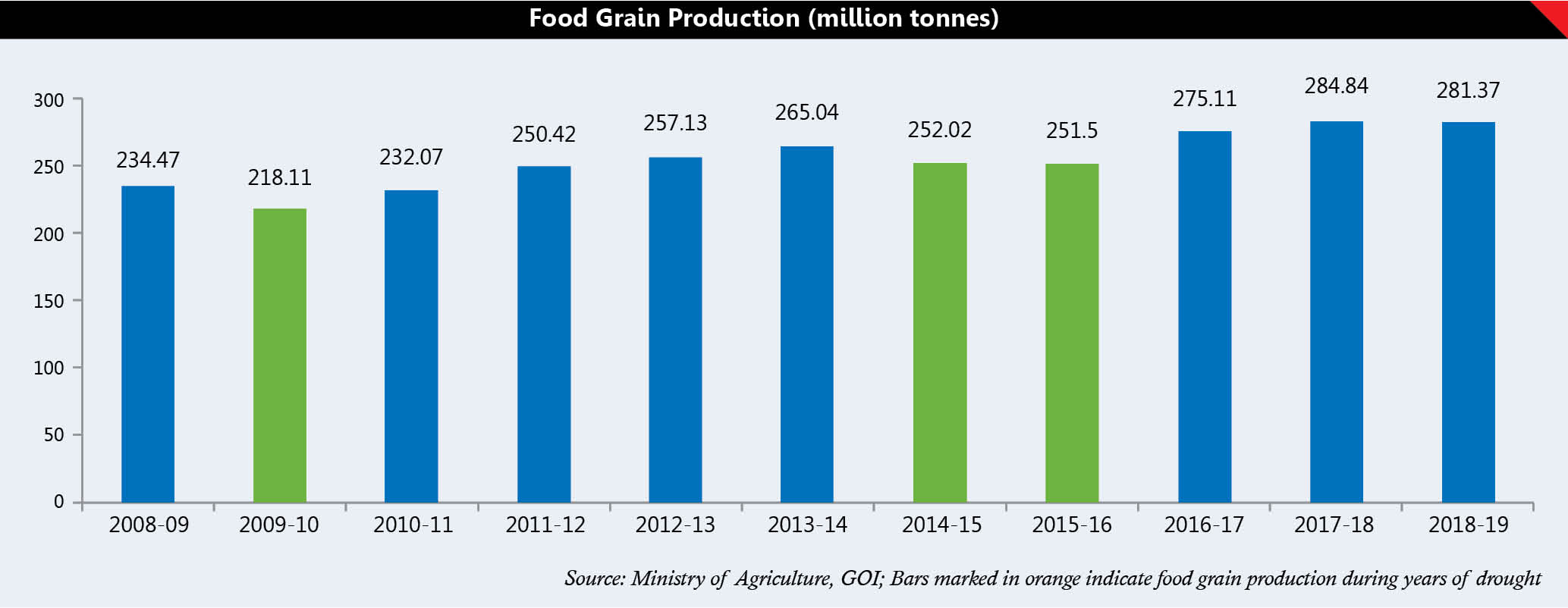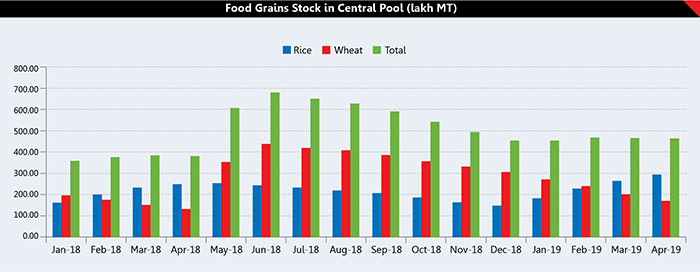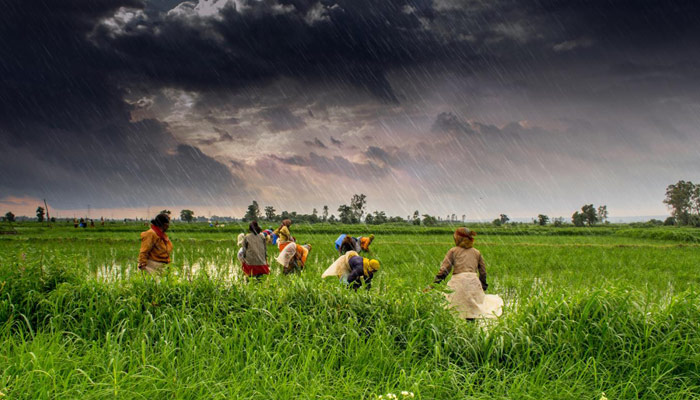It is confirmed that 2019 is the year of the El Nino, a natural phenomenon, which usually occurs every 4-5 years. When it occurs, India’s monsoon is usually – but not always – delayed or deficient. If we look back over the last four decades, we have faced severe drought in El Nino years – 1982, 1987, 2002, 2009 and 2015. Even in 1991, which was an El Nino year, had a near-drought weather experience. So what’s expected from this year’s El Nino for India?
Reputed weather bureaus across the world confirmed that 2019 is the year of the El Nino. This natural phenomenon, which usually occurs every 4-5 years involves temperatures at the sea surface levels in the east-central tropical Pacific rising to above normal levels. When this happens, some parts of the world – like Australia, Chile, Indonesia, India, Japan, New Zealand and South Africa – face drought-like conditions and other continents and countries – the US, Europe and China – could typically receive more humidity in the form of wetter than normal winters. As El Nino impacts world weather, it could upset crop patterns and has a cascading impact on economic growth as well.
India and El Nino
When El Nino occurs, India’s monsoon is usually – but not always – delayed or deficient. If we look back over the last four decades, we have faced severe drought in El Nino years – 1982, 1987, 2002, 2009 and 2015. Even in 1991, which was an El Nino year, had a near-drought weather experience.
Having documented all that, it must also be noted every El Nino year does not result in draught in India. In the El Nino years of 1994, 1997 and 2006, the Indian monsoons were not impacted. And one more observation that meteorologists have made is that El Nino is not the only reason for draughts in India; we have faced droughts in 1986, 2004 and 2014, which were not El Nino years.
Predictions for El Nino 2019
So what’s expected from this year’s El Nino for India? There’s no consensus prediction. The India Meteorological Department (IMD), the country’s national meteorological service and the principal government agency has forecast 96% of Long Period Average (LPA) rainfall this monsoon. This is considered to be a near normal monsoon. However, the private forecaster Skymet expects 93% of the LPA rainfall; effectively, it suggests that this will be a below normal monsoon. Either way, it’s a cause for concern as we are heavily dependent on the south-west monsoon, which provides 70% of India’s rainfall and supports most agricultural activities.
Impact on Agri-production
In the recent past, there has been a decline in food production during El Nino years – 2009 and 2015.

This year, the El Nino effect is expected to be relatively weak. However, as the wise old saying goes, we should hope for the best but prepare for the worst.
Preparing for the worst
Fortunately, India is in a sweet spot in terms of buffer stocks of rice and wheat. Further, inflation is at an all-time low and interest rates on a downward trend.

In the event of delayed or deficit rainfall and the further event of a lower agricultural output, the government and RBI and the economy in general is equipped with a better hand to tide over. The most important task at hand is to work towards eradicating physical and financial bottlenecks such as storage issues, pricing distortions and making available adequate finances to our valiant farmers.






















